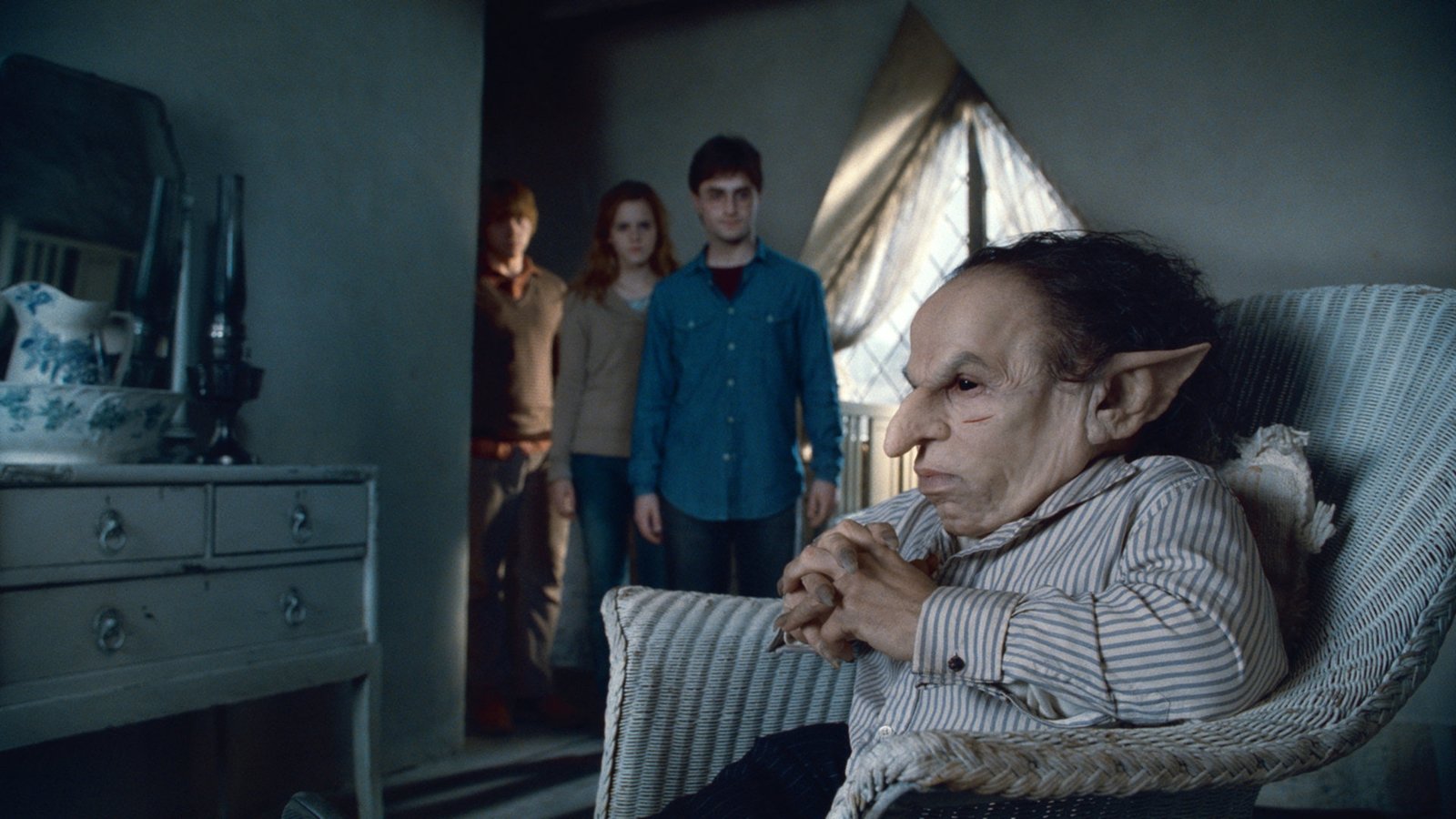
Harry Potter: Goblins vs Wizards: The True History of the Conflict
In the captivating world of Harry Potter, the relationship between goblins and wizards has been a source of ongoing tension and conflict for centuries. From the earliest attempts to classify magical creatures to the violent goblin rebellions that shook the wizarding community, this complex dynamic has been a central part of the Wizarding World’s history.
In this in-depth exploration, we’ll delve into the real reasons behind the goblins’ endless war against the wizards, unraveling the layers of prejudice, power struggles, and cultural differences that have fueled this age-old rivalry. By examining the key events and figures that have shaped this tumultuous relationship, we’ll gain a deeper understanding of the Wizarding World’s social and political landscape, and the lasting impact of these conflicts.
The Primitive Attempts to Define Magical Creatures
The roots of the goblin-wizard conflict can be traced back to the early attempts by the wizarding community to categorize and define magical creatures. In the 10th century, Burdock Muldoon, the Chief of the Wizards’ Council (the precursor to the Ministry of Magic), decreed that any member of the magical community who walked on two legs would be considered a “being” and granted the right to participate in the governing body. The rest were to be classified as “beasts.”
This simplistic and flawed approach immediately sparked outrage among the goblins, who recognized the inherent problems with such a narrow definition. They quickly organized a mass gathering of various bipedal creatures, including trolls, pixies, and poltergeists, to attend the next council meeting and challenge Muldoon’s decree.
The meeting descended into chaos, with the assembled creatures causing mayhem and destruction in the council chambers.
This demonstration highlighted the goblins’ determination to prove that walking on two legs was not a reliable indicator of intelligence or the ability to understand and follow wizarding laws.
Frustrated and overwhelmed, Muldoon refused to make any further attempts to integrate non-human beings into the council, solidifying the goblins’ exclusion from the wizarding government.
Elfrida Clagg’s Attempts at Reconciliation
It wasn’t until the tenure of Elfrida Clagg, Muldoon’s successor as head of the Wizards’ Council, that a new effort was made to redefine the classification of magical creatures. Clagg recognized the need to establish stronger ties with other magical beings and sought to create a more inclusive system.
Clagg’s approach was to define “beings” as those who could understand and follow wizarding laws, regardless of their physical appearance or method of locomotion. This meant that creatures like centaurs and merpeople, who were previously classified as beasts, were now invited to participate in the council’s proceedings.
However, the goblins once again found a way to exploit the system, teaching trolls a few basic phrases in the human language and presenting them as “beings” capable of comprehending wizarding laws.
The resulting chaos, with trolls wreaking havoc in the council chambers, led to Clagg’s attempts at integration being rejected, further entrenching the divide between goblins and wizards.
The goblins’ willingness to manipulate the system and undermine the council’s efforts demonstrated their deep-seated mistrust and resentment towards the wizarding community’s attempts at control.
The Wand Restriction and the Goblin Rebellions
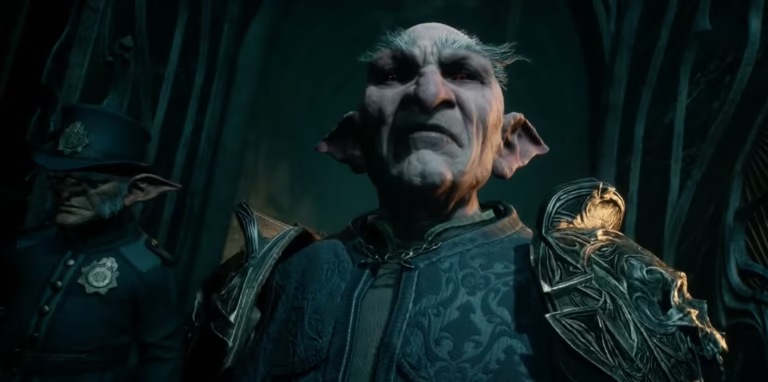
The tensions between goblins and wizards reached a boiling point in the 17th century, with the introduction of the Wand Restriction Act. This legislation, passed by the Wizards’ Supreme Court in 1631, explicitly prohibited any “non-human creature” from possessing or using a wand, effectively denying goblins and other magical beings access to one of the most fundamental tools of wizarding magic.
This discriminatory law was seen by the goblins as a blatant attempt by the wizarding community to maintain its monopoly on power and knowledge. The goblins, who had their own unique forms of magic and were highly skilled in areas like metalwork and banking, were outraged by this restriction, leading to a series of violent goblin rebellions that would shake the wizarding world for centuries to come.
The Goblin Rebellion of 1612
The first major goblin uprising occurred in 1612, sparked by the lack of goblin representation in the Wizards’ Supreme Court, the highest judicial body in the wizarding world. The goblins, who had long been excluded from positions of power and decision-making, saw this as a clear sign of their continued marginalization and lack of political influence.
The rebellion transformed the village of Hogsmeade into a battlefield, with goblins fighting against wizards who viewed them as enemies and inferiors.
The Three Broomsticks pub was seized by the goblins and used as a headquarters for their revolutionary activities.
The conflict was ultimately quelled, but the scars of this rebellion would linger, shaping the relationship between goblins and wizards for decades to come.
The Goblin Rebellion of 1752
In 1752, another major goblin rebellion erupted, this time with the goblins forging an alliance with another marginalized group: werewolves. Frustrated by the discriminatory laws and prejudices they faced, the goblins and werewolves united in their quest for greater rights and representation within the wizarding world.
The rebellion led to the downfall of two consecutive Ministers of Magic, Albert Boot and Basil Flack, who were unable to effectively manage the crisis.
Unctuous Osbert, the next Minister of Magic, took a much harsher approach, employing extreme violence and brutal tactics to quell the uprising.
The rebellion was ultimately crushed, but the cost was high, with many goblins and werewolves losing their lives in the conflict.
These rebellions, fueled by the goblins’ long-standing resentment towards the wizarding community’s perceived superiority and their attempts to maintain control, demonstrated the depth of the divide between the two groups. The goblins’ willingness to resort to violence and their strategic alliances with other marginalized beings highlighted the complexity of the situation and the challenges faced by both sides in finding a lasting solution.
The Struggle for Representation and the Changing Definitions
As the centuries passed, the wizarding world continued to grapple with the issue of how to classify and define magical creatures, with the goblins at the center of this ongoing debate.
In 1811, Grogan Stump, the Minister of Magic, attempted to reform the system by declaring that a “being” was any creature capable of understanding and following wizarding laws, and therefore sharing in the responsibility of creating such laws. This new definition opened the door for greater representation and integration of non-human magical beings, including goblins, within the wizarding government.
However, the implementation of this policy was not without its challenges, as various creatures were interviewed and classified based on their perceived intelligence and ability to comprehend wizarding laws.
Goblins, along with other bipedal creatures like gnomes and pixies, were initially classified as “beasts,” much to their dismay.
The centaurs, who had previously been considered “beings,” protested this new classification, arguing that they should be reclassified as “beasts” to distance themselves from the likes of vampires and hags, who were also now considered “beings.”
These ongoing debates and reclassifications highlighted the complexities inherent in the wizarding world’s attempts to define and categorize magical creatures, and the deep-seated tensions that continued to simmer between goblins and wizards.
The Radical Rebellion of Urg the Unclean
In the late 19th century, the goblin-wizard conflict took a more radical turn with the emergence of Urg the Unclean, a goblin revolutionary who led a series of violent rebellions against the wizarding establishment.
Urg’s hatred for wizards stemmed from a personal incident in his youth, when a group of young wizards had tied him up and submerged him in a lake as a cruel prank. This traumatic experience fueled Urg’s deep-seated resentment towards the wizarding community and its perceived arrogance and disregard for goblin rights.
Urg’s rebellions were marked by a level of brutality and extremism that set him apart from previous goblin leaders, with the goblin revolutionary even going so far as to murder his own brother, whom he deemed a “traitor” for not supporting his radical agenda.
Despite his ruthless tactics, Urg managed to gain a significant following among disgruntled goblins, who saw him as a champion of their cause against the oppressive wizarding regime.
Urg’s rebellion was ultimately defeated, but his legacy as a symbol of goblin resistance and the ongoing struggle for equality would continue to resonate in the wizarding world.
The rise of figures like Urg the Unclean underscored the growing radicalization of the goblin movement, as centuries of marginalization and discrimination fueled a more militant approach to challenging the wizarding establishment.
The Changing Tides and the Ongoing Struggle
Over the years, the relationship between goblins and wizards has seen some gradual shifts, with occasional attempts at reconciliation and integration, but the underlying tensions and mistrust have remained a persistent feature of the Wizarding World.
During the Grindelwald era and the First Wizarding War, goblins found themselves once again caught in the crossfire, targeted and persecuted by the dark forces that sought to control the wizarding community. Despite this shared experience of oppression, the goblins maintained a stance of neutrality, unwilling to take sides in a conflict that they saw as primarily a “wizard’s war.”
Similarly, during the Second Wizarding War, when Voldemort and the Death Eaters sought to infiltrate and control the wizarding banking system at Gringotts, the goblins resisted, leading to clashes and the persecution of those who refused to comply with the Dark Lord’s demands. This episode further highlighted the goblins’ desire for autonomy and their unwillingness to be subservient to the whims of the wizarding elite.
The character of Griphook, the goblin who aids Harry, Ron, and Hermione in their quest to retrieve a Horcrux from Gringotts, exemplifies the complex and often strained relationship between goblins and wizards.
Griphook’s insistence on the return of the Sword of Gryffindor, which he believes rightfully belongs to the goblins, underscores the cultural differences and conflicting notions of ownership that have long been a source of tension.
The ultimate betrayal of Griphook, who takes the sword and abandons the trio, highlights the deep-seated mistrust and lack of faith that goblins have in the wizarding community, even when presented with opportunities for cooperation.
As the Wizarding World continues to evolve, the legacy of the goblin-wizard conflict remains a significant part of its history and social fabric. The prejudices, power struggles, and cultural differences that have fueled this centuries-old rivalry continue to shape the interactions and dynamics between these two groups, serving as a poignant reminder of the complexities inherent in any society, magical or otherwise.
By delving into the rich tapestry of the goblin-wizard relationship, we gain a deeper understanding of the Wizarding World’s social and political landscape, and the enduring impact of these conflicts on the lives of all who inhabit this captivating realm. The lessons learned from this ongoing struggle can serve as a powerful reflection on the importance of mutual understanding, respect, and the willingness to bridge the divides that can so often separate us, both in the magical and the Muggle worlds.
For more insights into the Wizarding World and the fascinating characters and stories that inhabit it, be sure to check out the Geekorn YouTube channel, where you can find a wealth of engaging content and lively discussions. And don’t forget to subscribe and activate notifications to stay up-to-date on all the latest magical happenings!
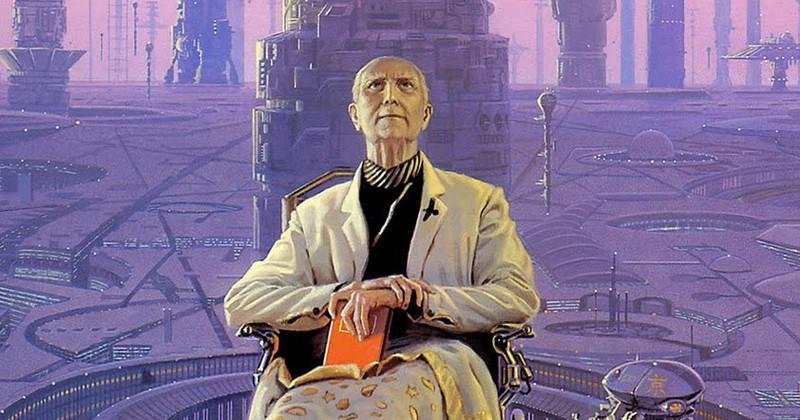
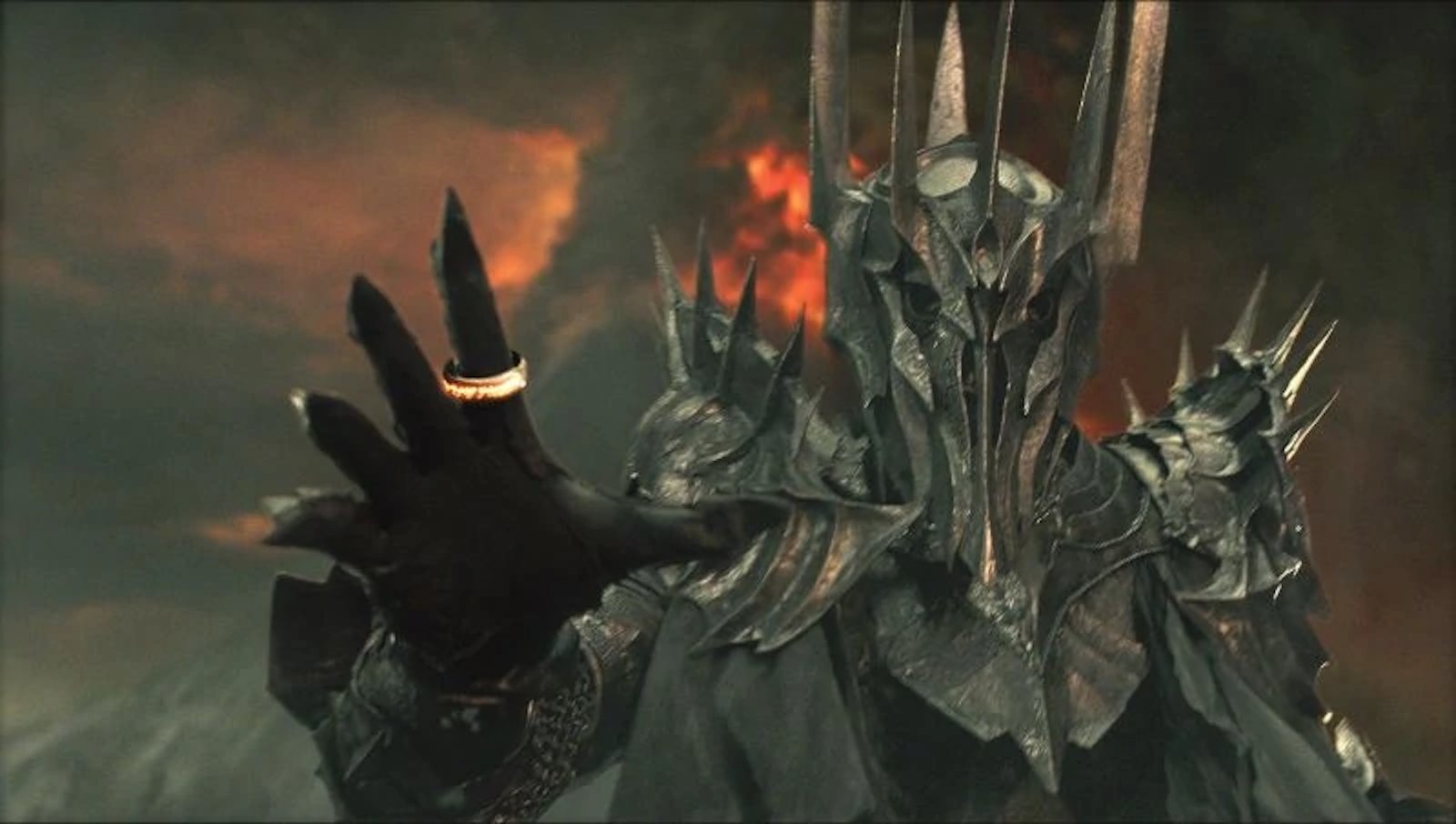
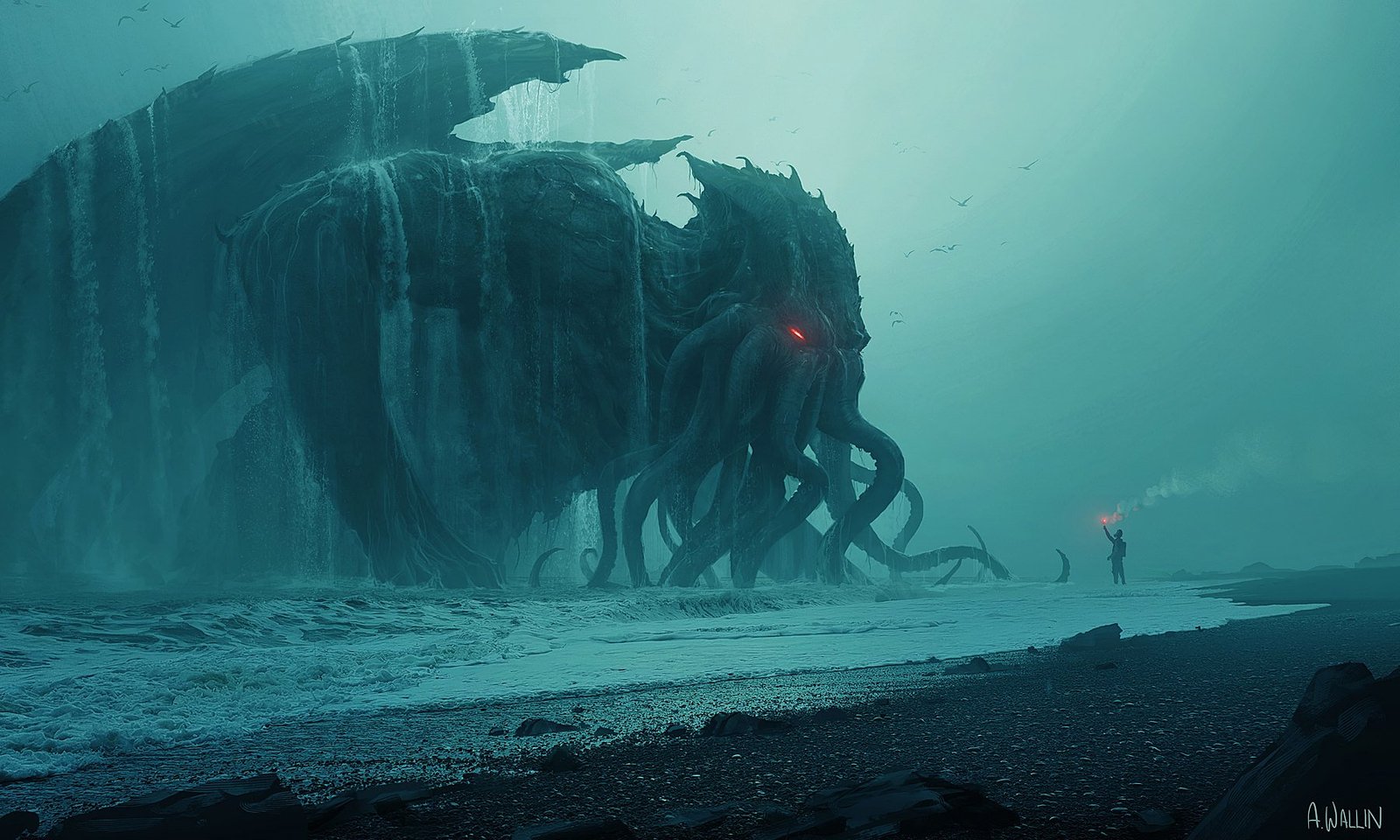








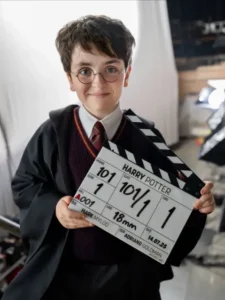

Publicar comentário